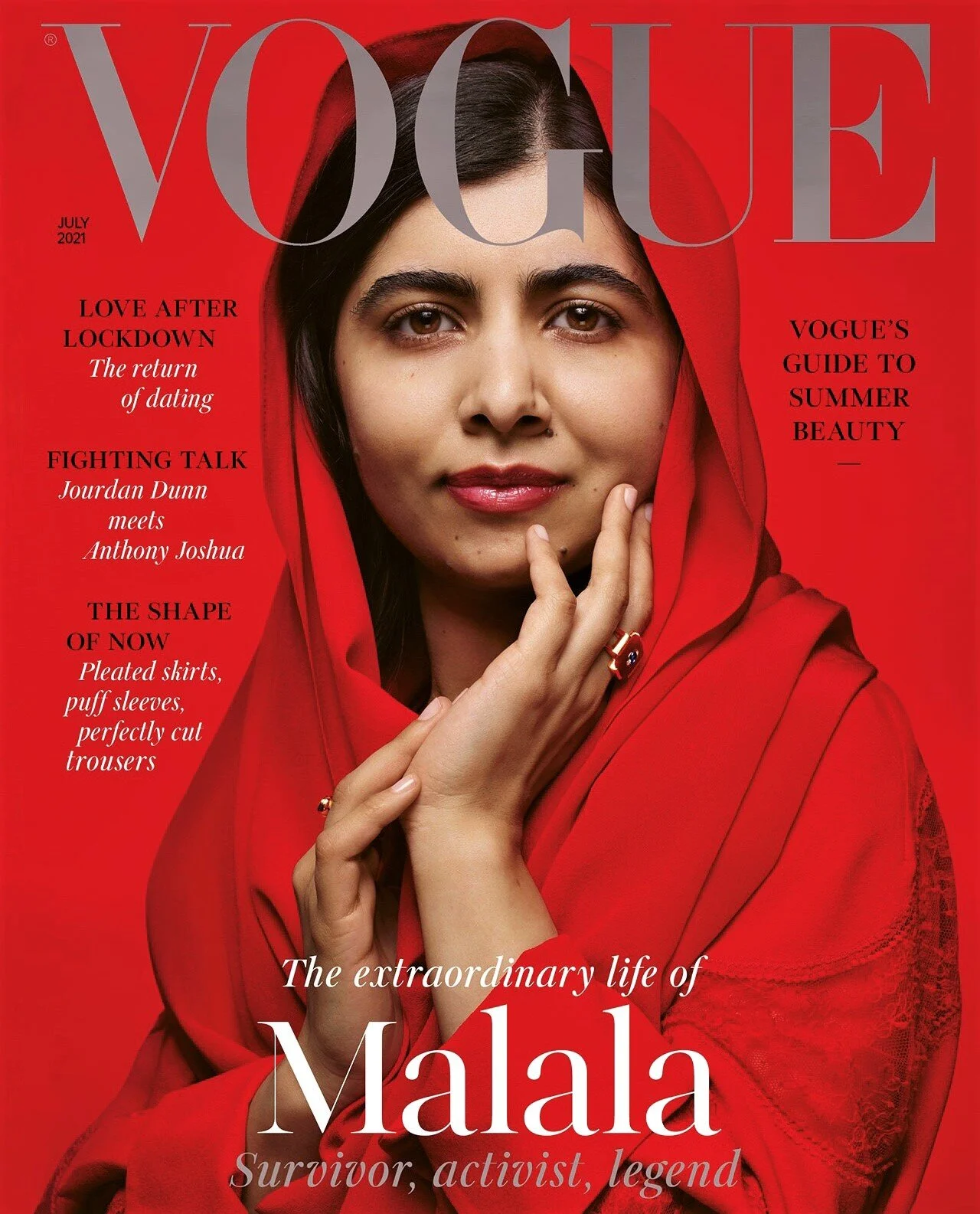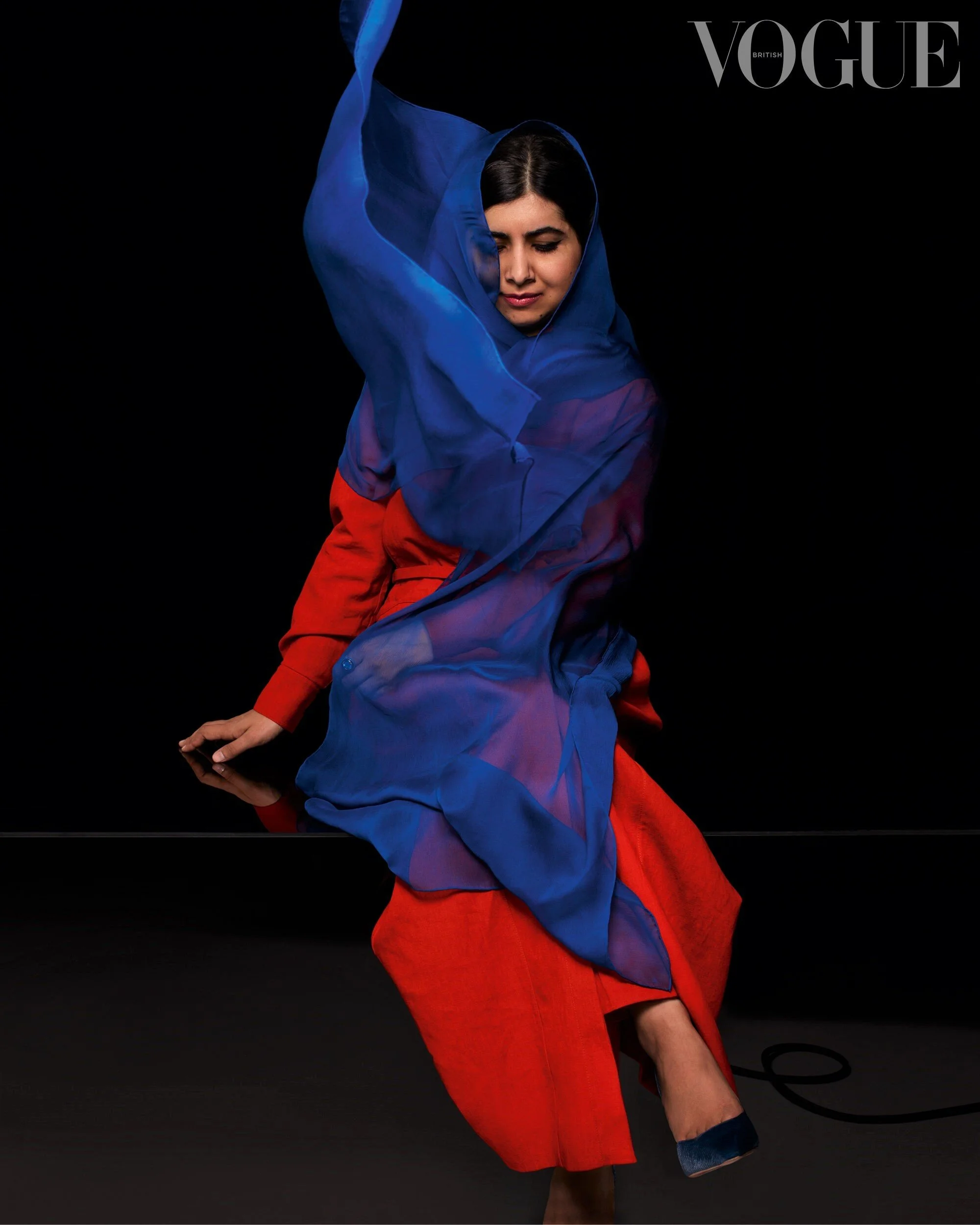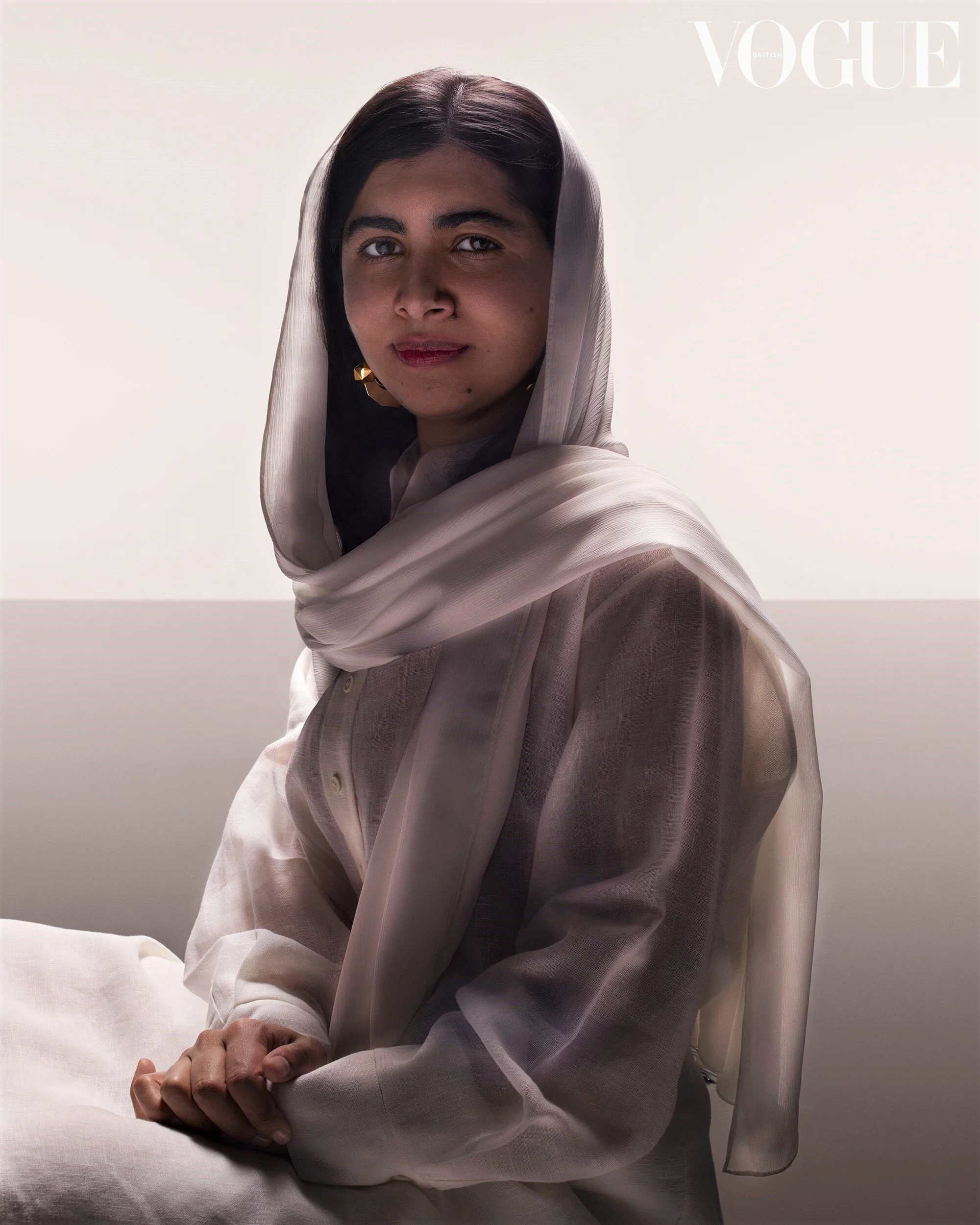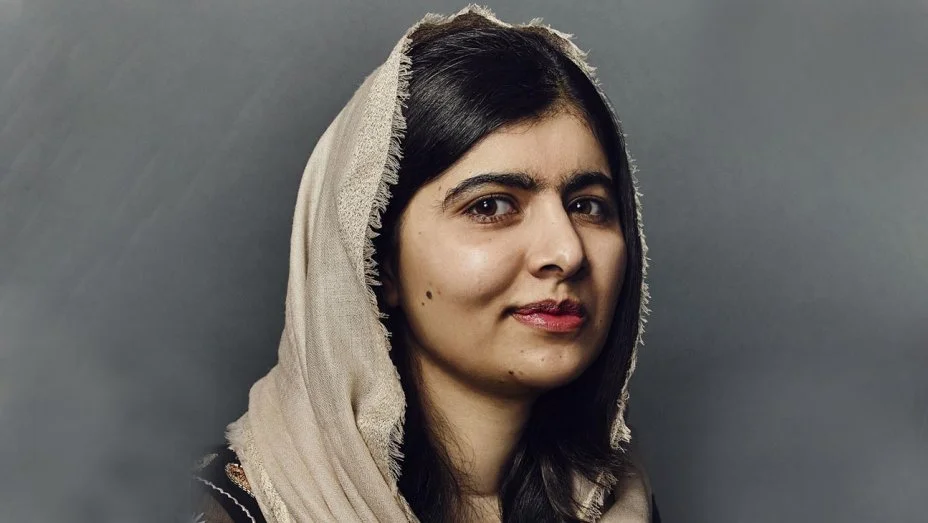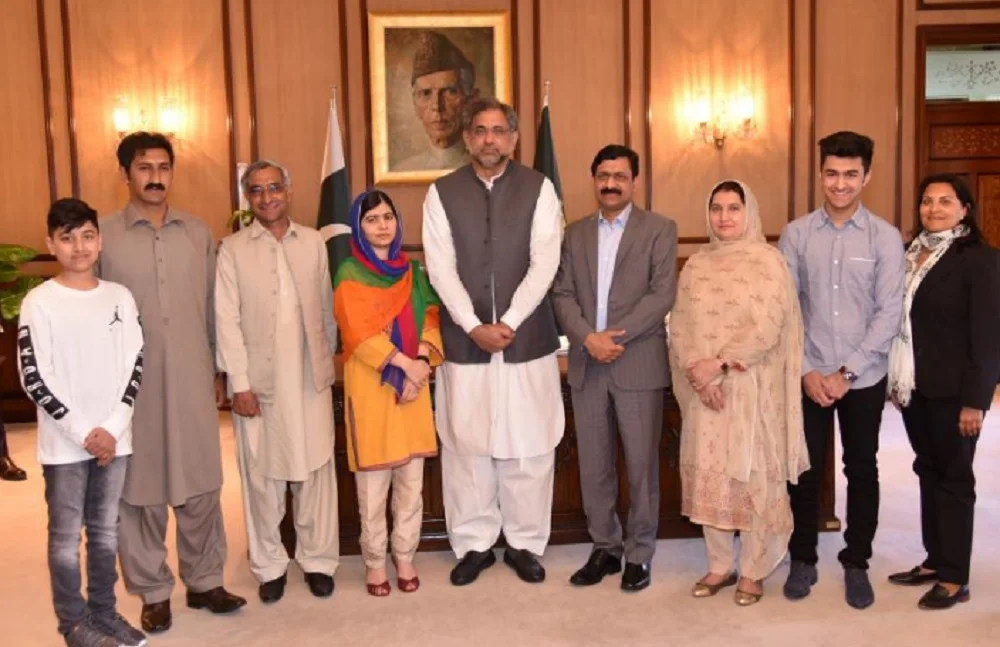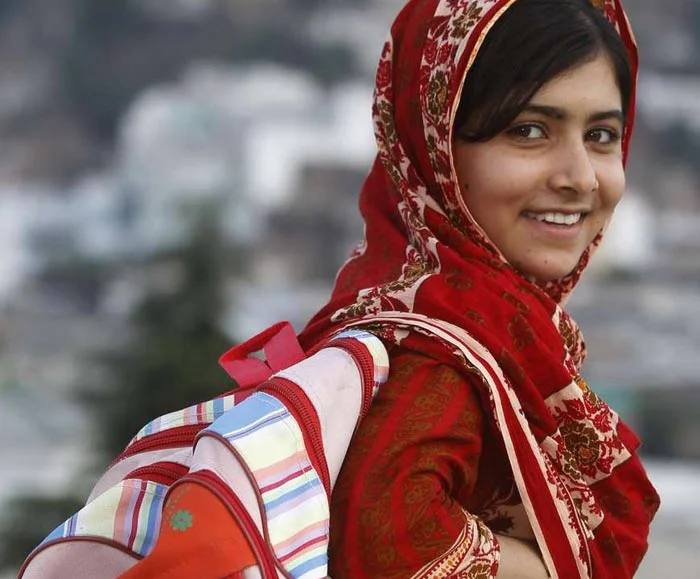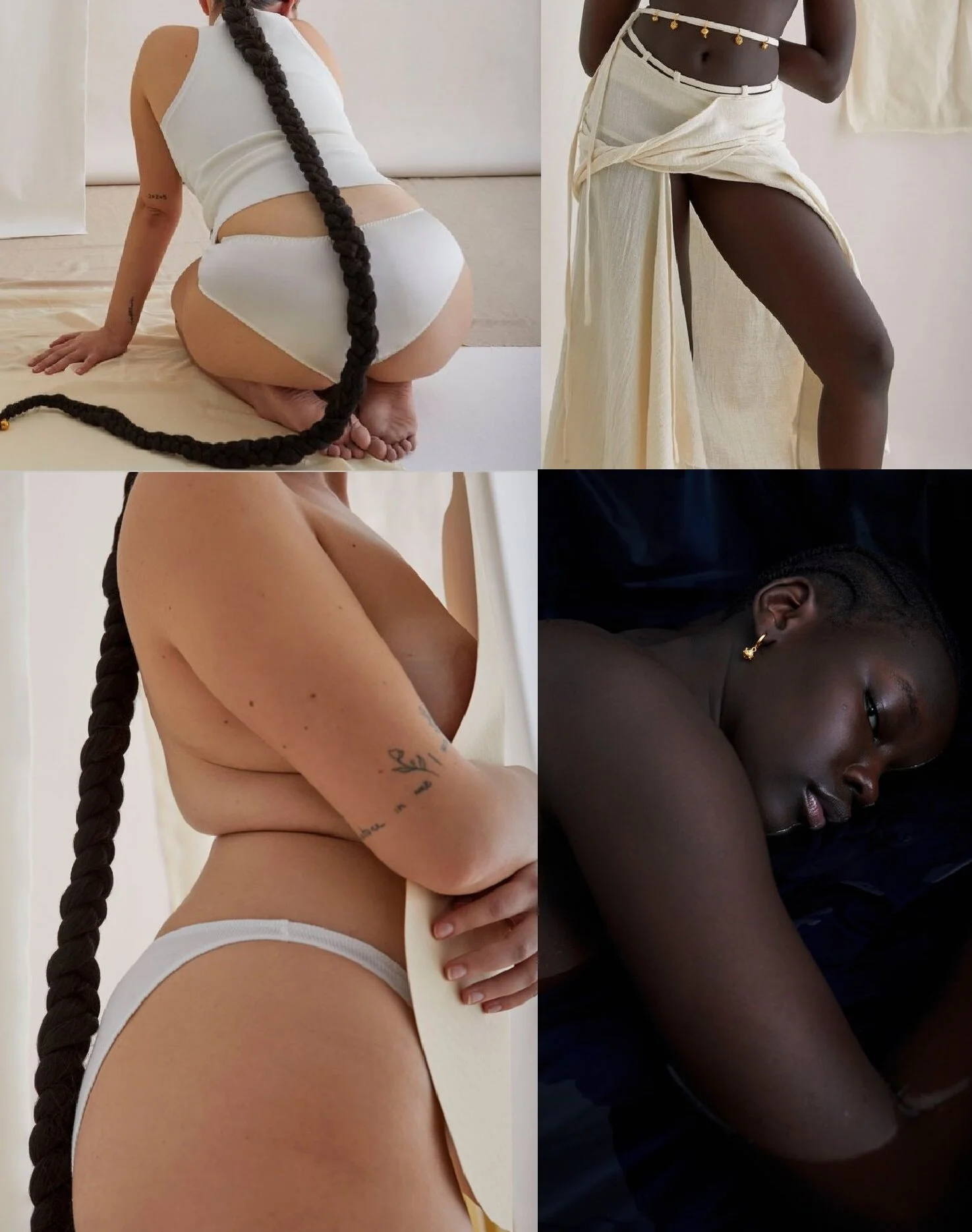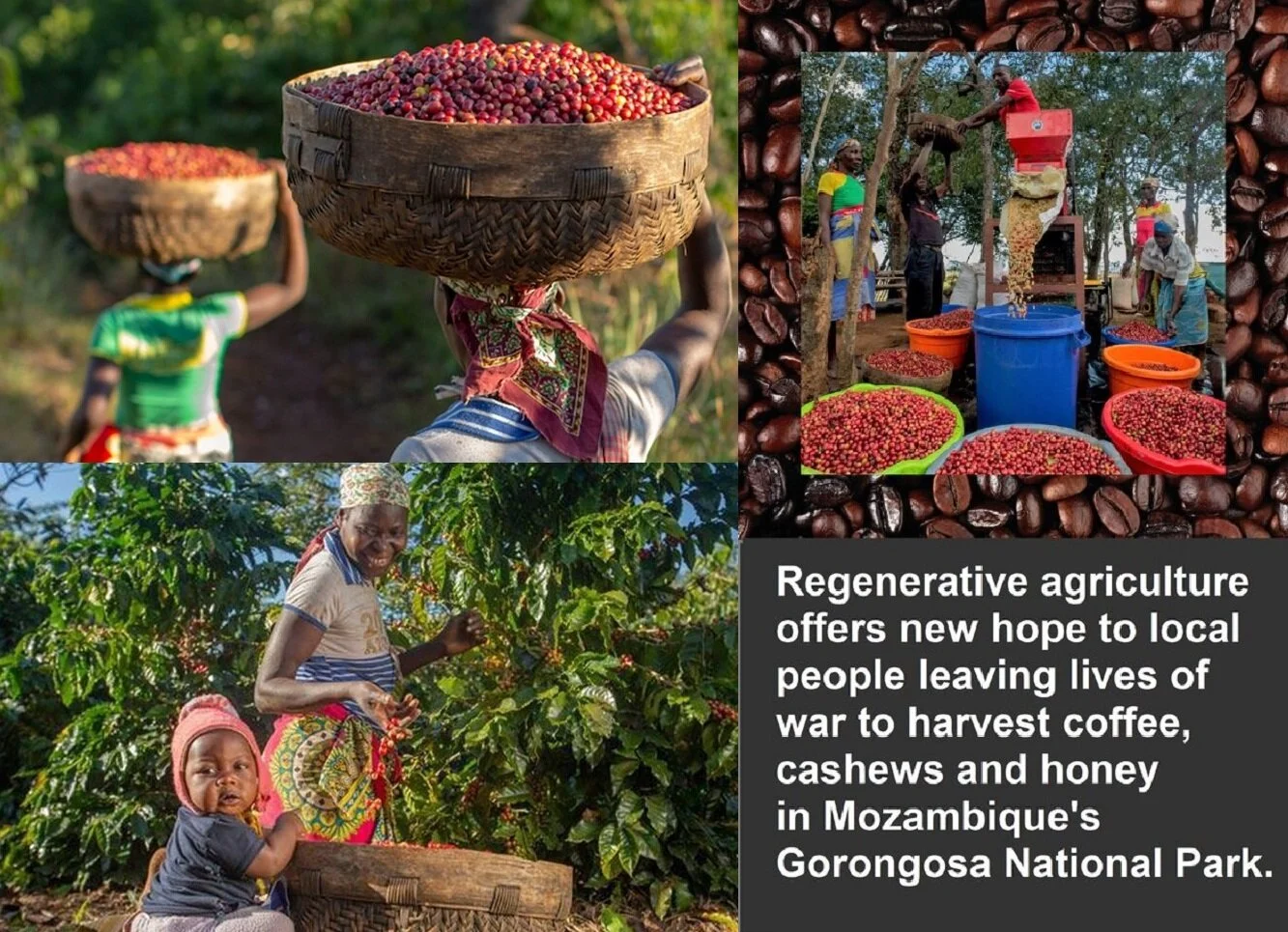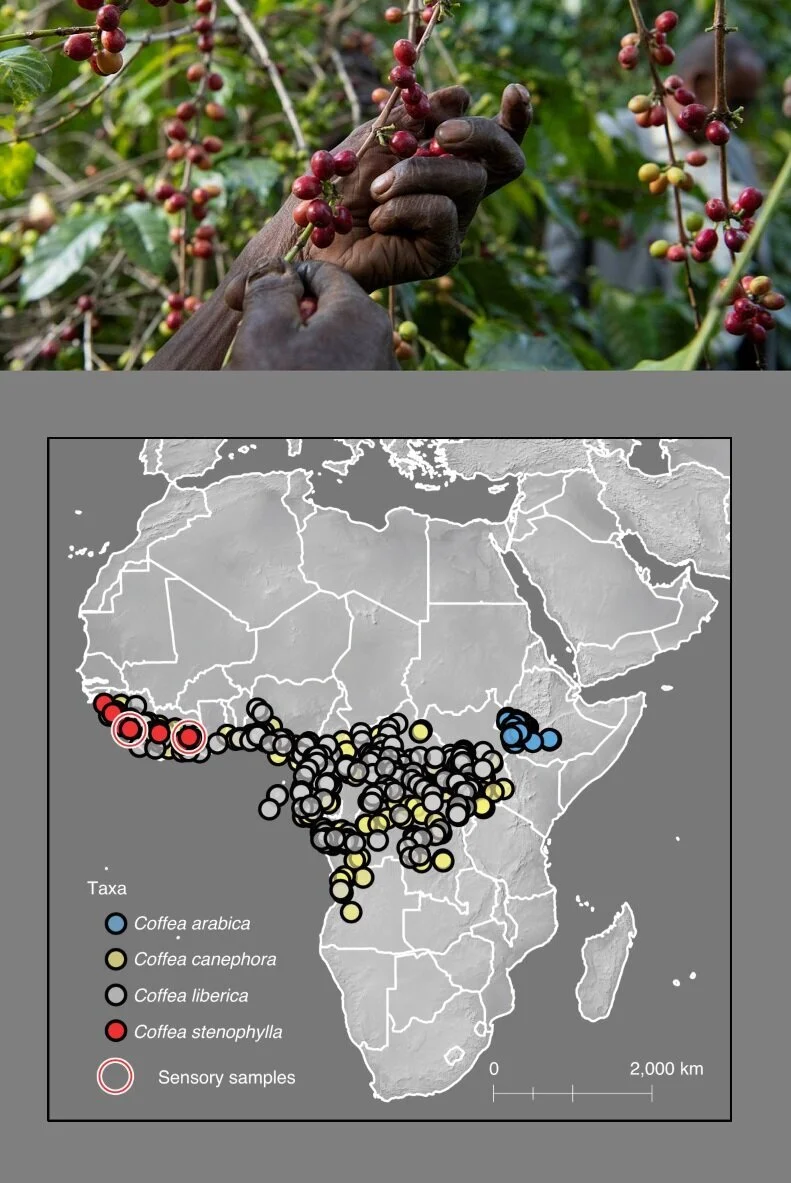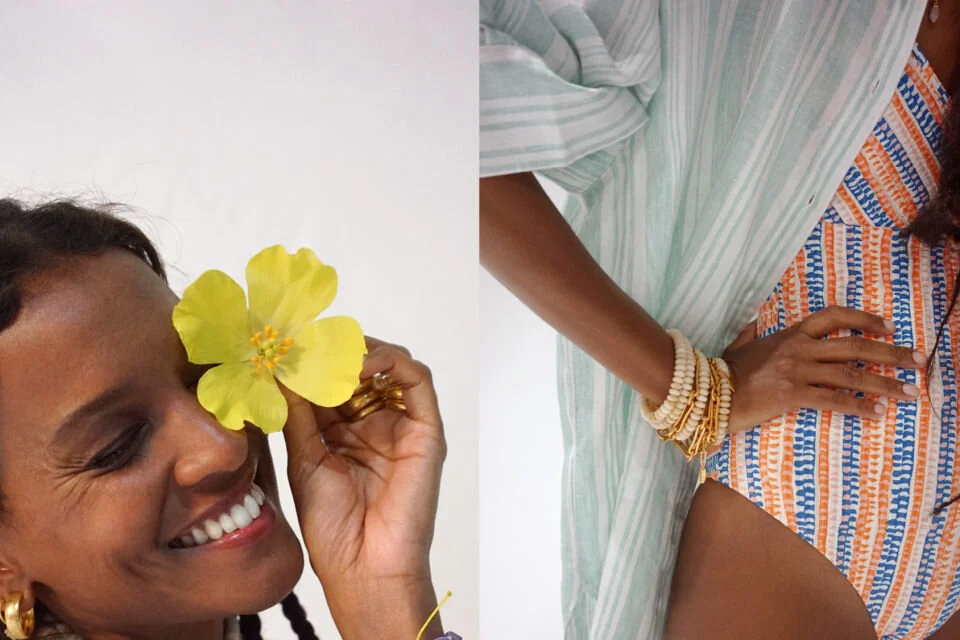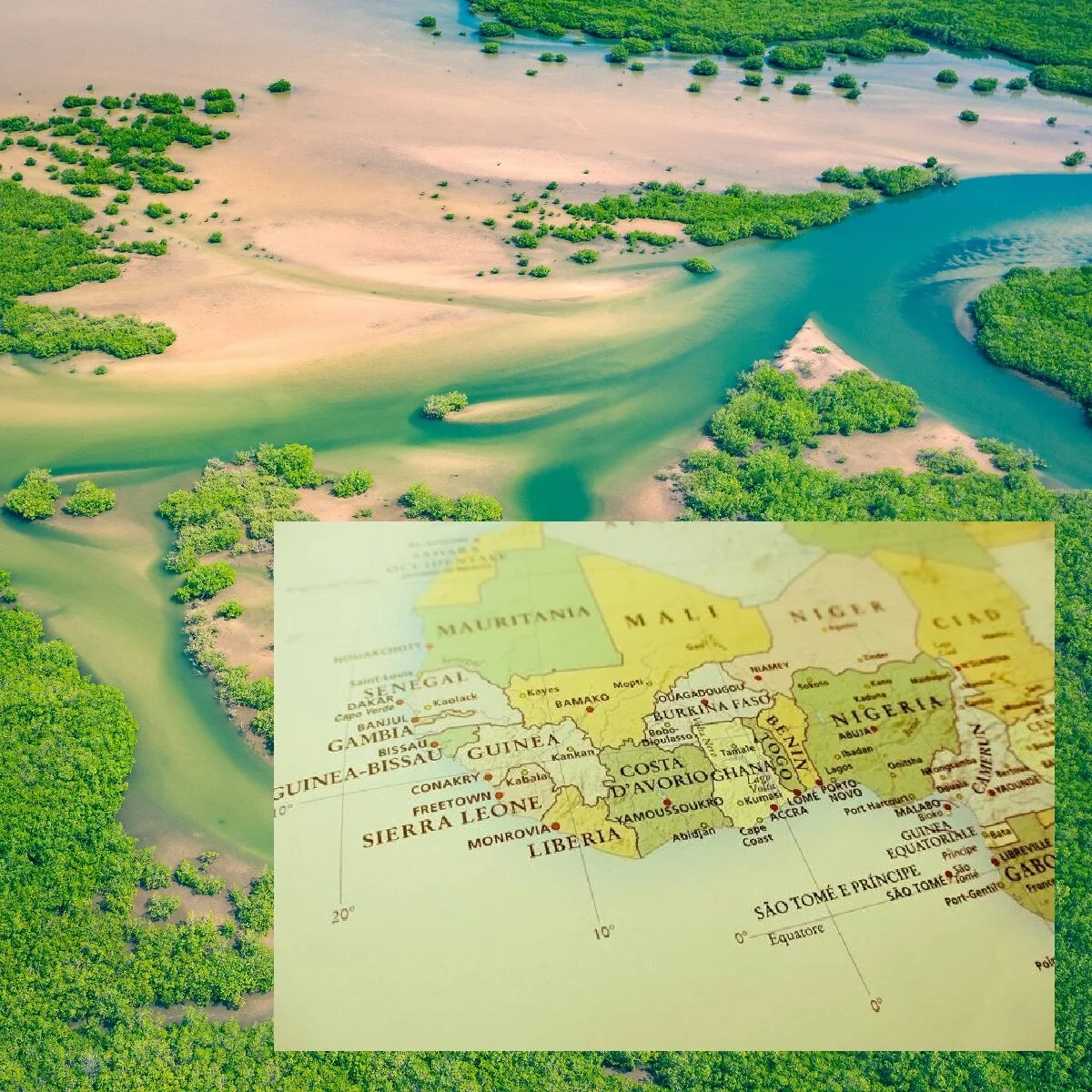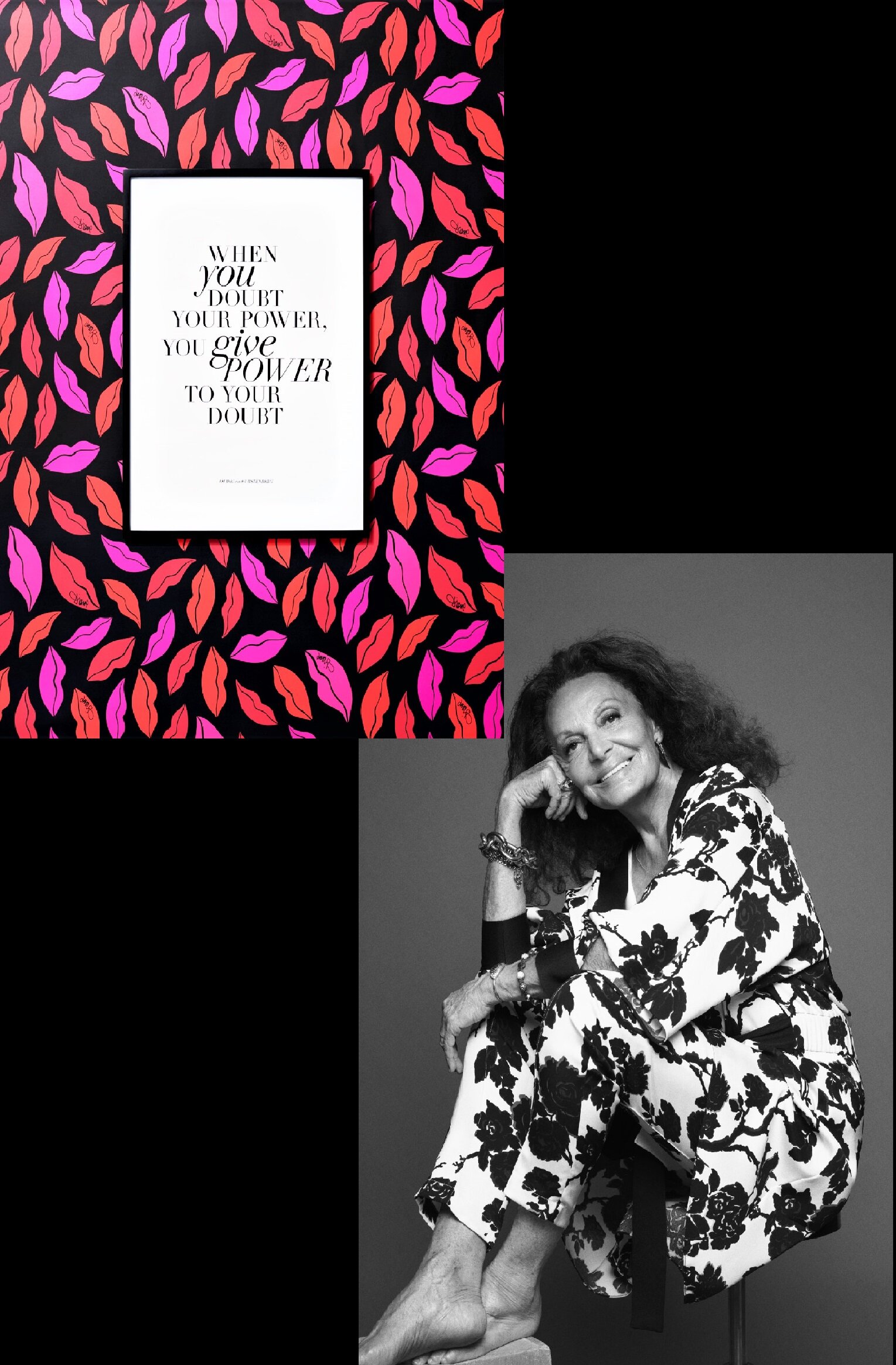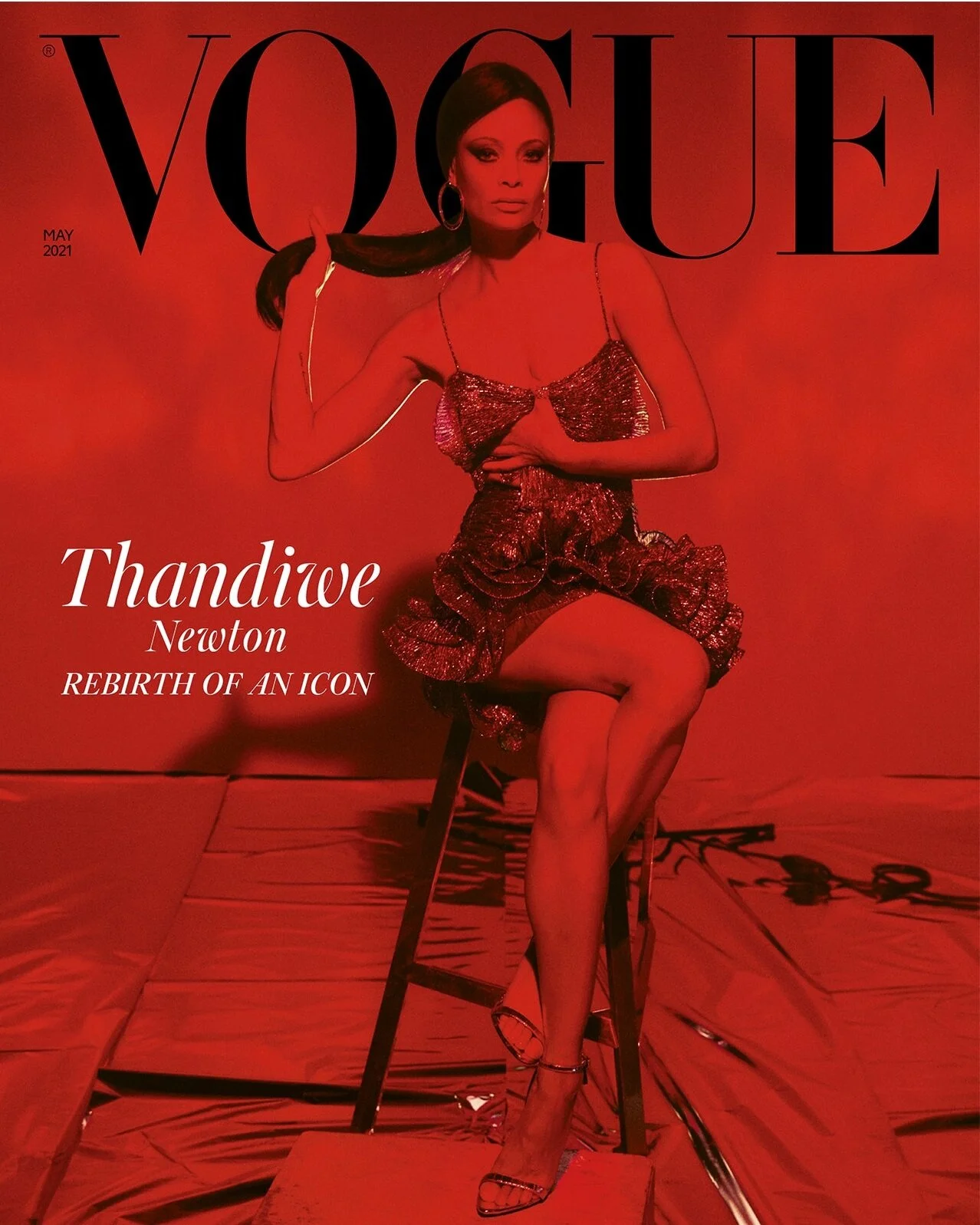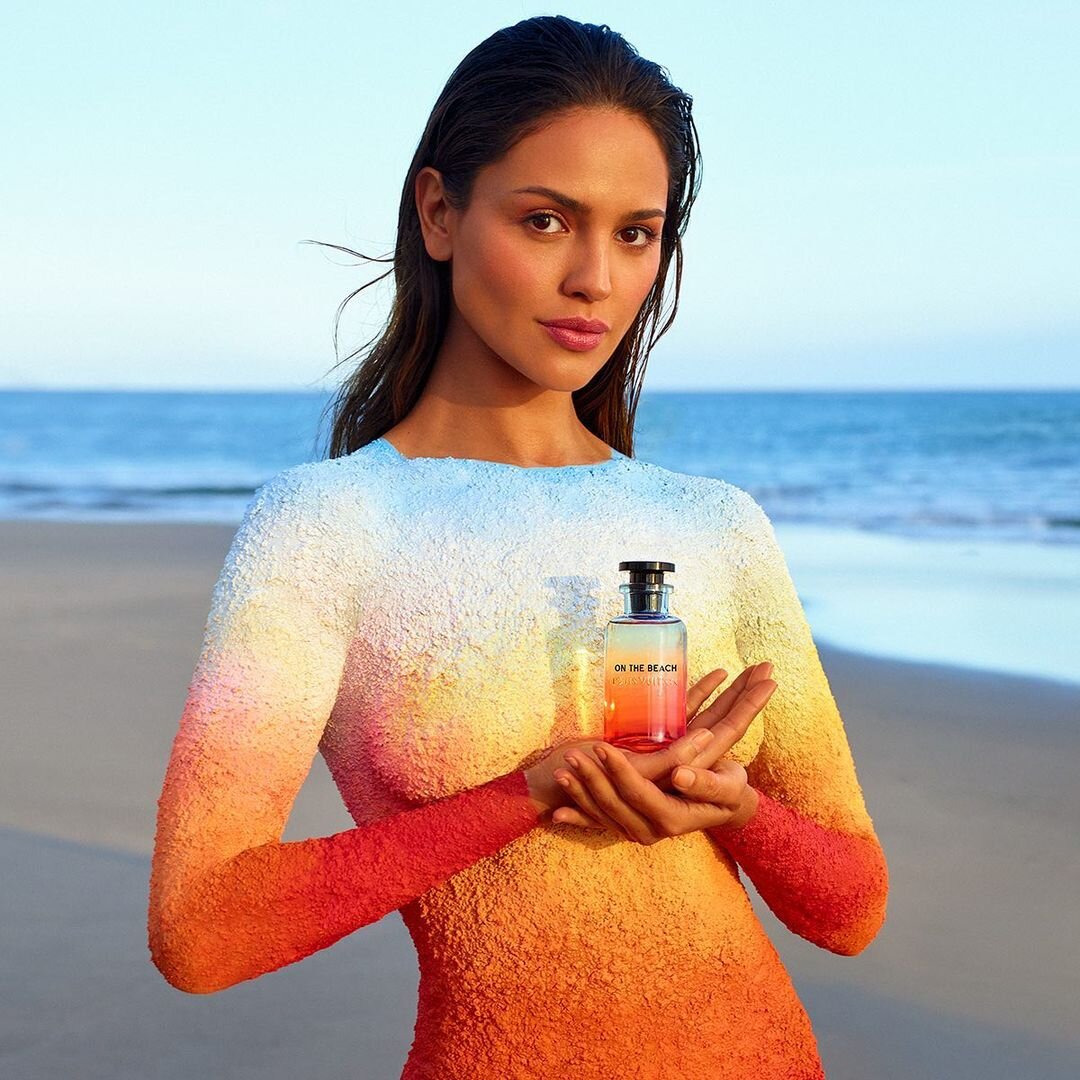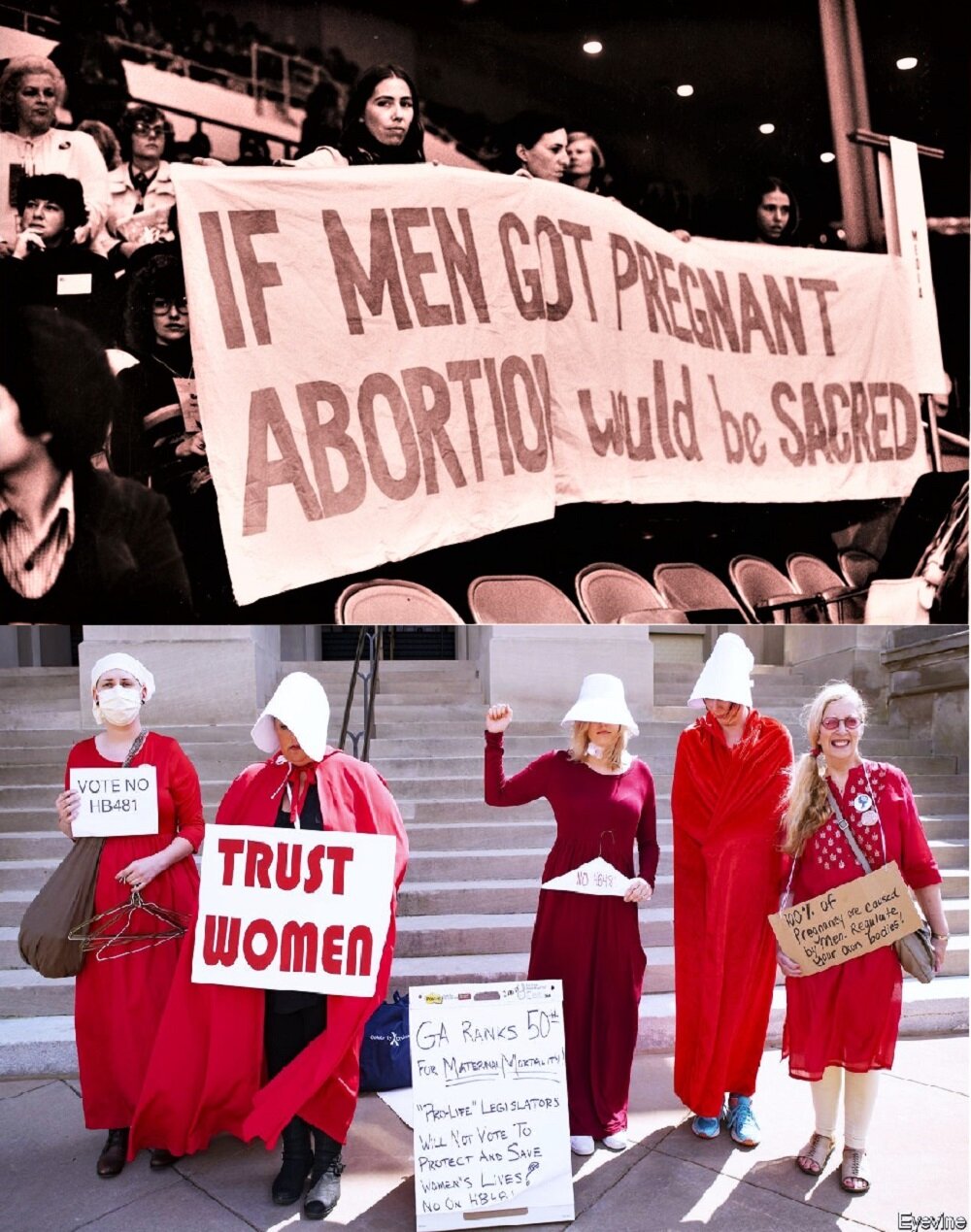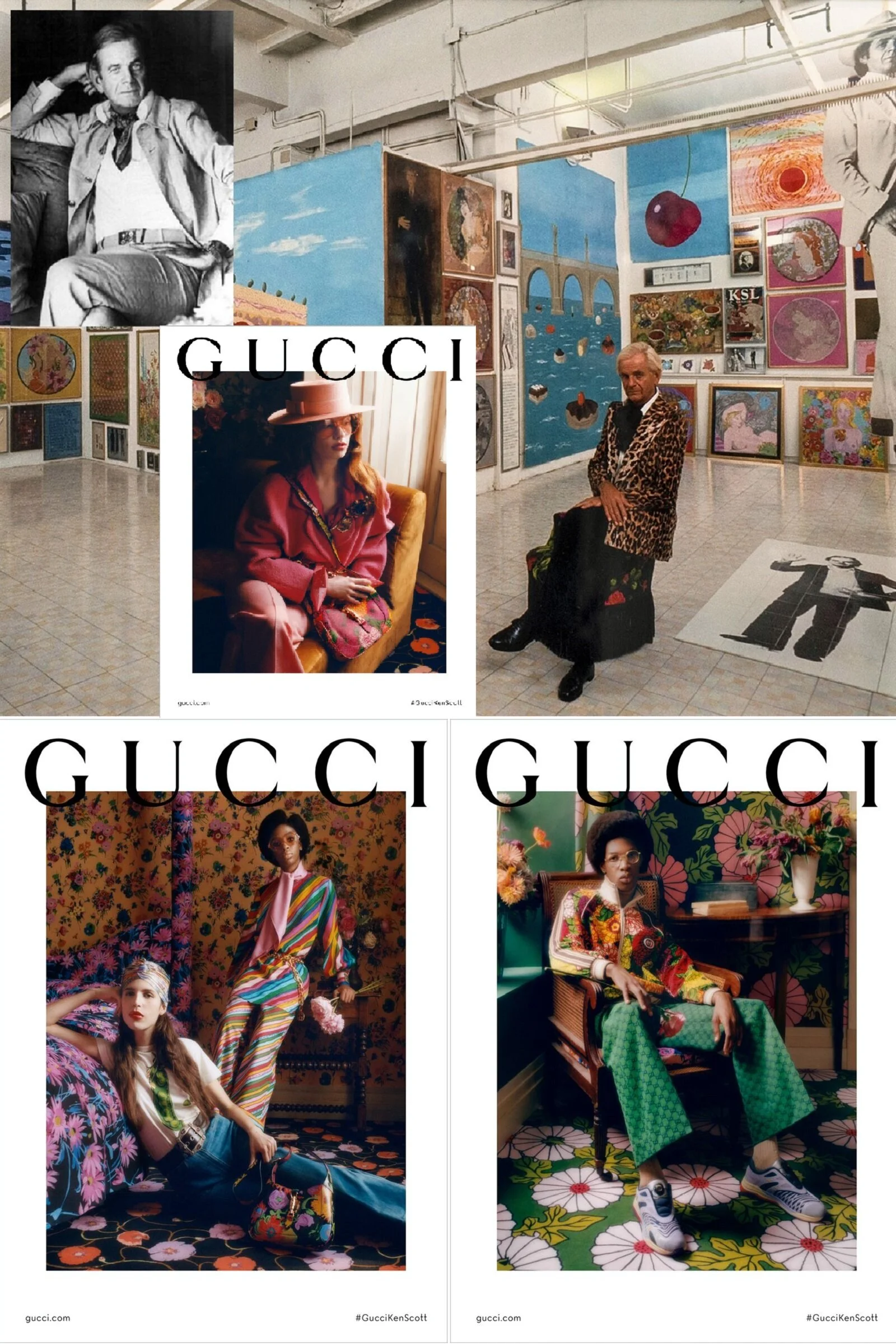Malala Yousafzai Covers British Vogue July 2021, Lensed by Nick Knight
/Malala Yousafzai brings her ultimate activist self to the July 2021 issue of British Vogue. AOC has written regularly about Malala for a decade — since that dreadful day when the Taliban put a bullet in her blogger girl on schoolbus brain in Pakistan’s Taliban-controlled Swat Valley.
The Nobel Peace Prize winner wears sustainable designs from Stella McCartney and Gabriela Hearst on the cover and fashion shoot styled by Kate Phelan, then lensed by Nick Knight. McCartney wrote on her Instagram: “Thank you @Edward_Enninful and team for joining us in celebrating all women that stay strong in their truth and fight for equality. x Stella.”
Gabriela Hearst also paid tribute to Malala on Instagram, as she launches her post-Oxford life. Included on the Hearst watch list is Malala’s new media company Extracurricular, a joint venture between the activist and AppleTV.
Like millions more human hearts, we’ve watched Malala survive after being flown to Britain for specialist surgery and life itself. We watched survive and thrive, with each blog post detailing another feather in Malala’s Pashtun headscarf.
With the new fashion editor of the upcoming Vogue Scandinavia Rawdah Mohamed sending the message “Hands off my hijab” on digital media, Yousafzai also addressed the significance of wearing her headscarf in her British Vogue: interview with Sirin Kale.
"It's a cultural symbol for us Pashtuns, so it represents where I come from. And Muslim girls or Pashtun girls or Pakistani girls, when we follow our traditional dress, we're considered to be oppressed, or voiceless, or living under patriarchy. I want to tell everyone that you can have your own voice within your culture, and you can have equality in your culture," she told journalist Kale.
We’re pulling Malala’s entire story to this single spot on AOC. From the moving memoir she published in 2013, to addressing the UN on her 16th birthday, creating the Malala Fund, her Nobel Peace Prize acceptance speech, graduating from Oxford— we have Malala’s story on AOC right here.
